"What will remain after me": a poignant photo project by the St. Petersburg artist Irina Heinz
Categories: Ecology | Photo project
By Pictolic https://pictolic.com/article/what-will-remain-after-me-a-poignant-photo-project-by-the-st-petersburg-artist-irina-heinz.htmlEvery year, humanity produces two billion tons of waste. Whether a person wants it or not, he leaves a trace behind, and, ironically, garbage is almost eternal. Photographer Irina Heinz decided to make a generalized "portrait of the consumer", putting masks on the heroes from photos of their own garbage. Next, you will find their stories about excessive consumption, attempts to change yourself and the people around you, and constant excuses not to do this.
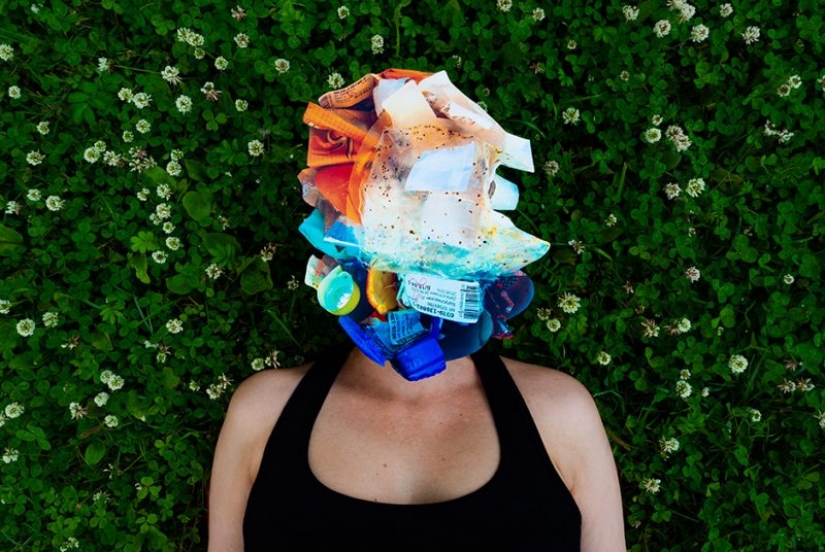
St. Petersburg artist Irina Heinz thought about the eternal and launched a project with the name "What will remain after me"that is painful for every person. But it's not about a successful business, a high vocation, great discoveries or charity. It's about the garbage that we pass on to our descendants.
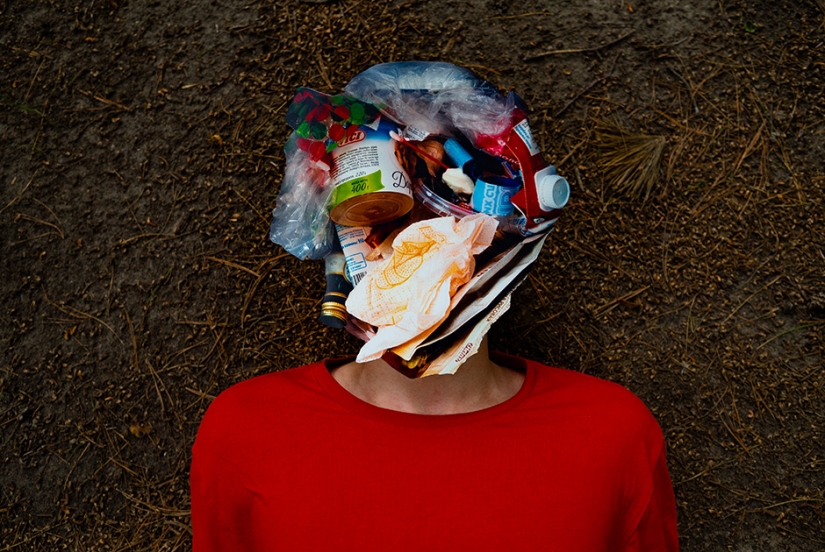
Plastic bags, foamed polystyrene, foiled plastic, tetrapacks, thermal film, green glass, metal lid, polypropylene packaging, high-density polyethylene, napkin, unmarked plastic, cotton fiber, a piece of ice cream.
We in the family produce a lot of garbage. My father also noticed this and supported my plan to collect plastic bottles separately to be recycled. But he doesn't do it himself.
I go to second-hand stores and wear clothes for a long time. It has long been established in the family that we give away unnecessary things. It's rare that we just throw away clothes."
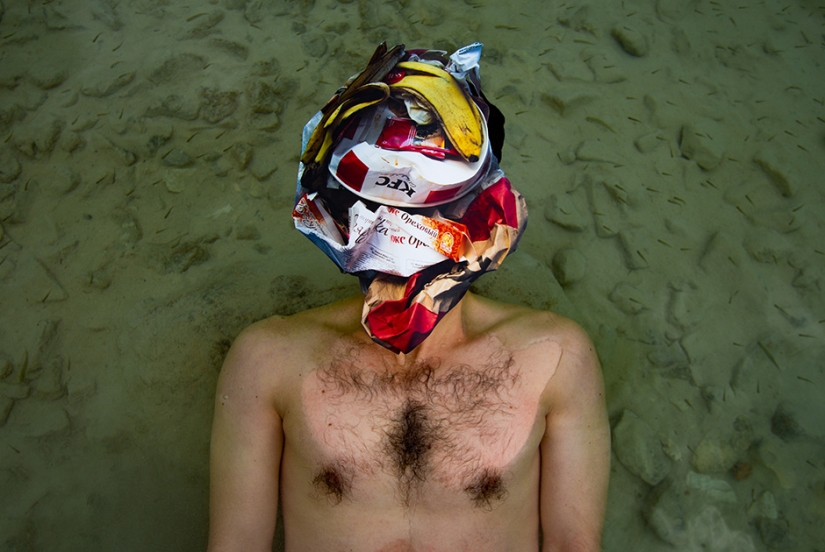
Foil plastic, cardboard, paper, plastic-laminated cardboard, banana peel, hair.
Theoretically, I could change my habits, practically-not now. When I tell myself about it, it seems to me that these are such stupid excuses! But I can't. I don't have enough time and energy. That is, of course, I perfectly understand what is good and what is bad. But we need a lot of household efforts.
I live in a communal apartment and I can't spread a separate collection all over the room — this is the only room. I need a separate closet so that I don't have to see it all the time. I am a very anxious person, to increase my level of anxiety even more is to kill myself."
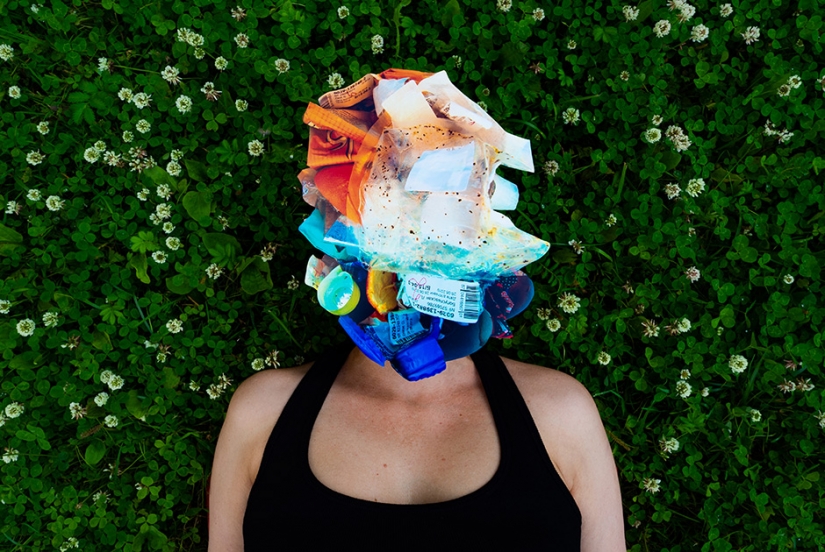
Foiled plastic, unmarked plastic, thermal film, stretch film, paper with plastic lamination, multilayer glued cardboard, orange peel.
Sometimes I make concessions to myself: take chips or ice cream in non-recyclable packages. The garbage in the picture was accumulating shockingly for a week and a half — I disassembled the box, disassembled the "Labyrinth" (Ekaterina goes to the company's pick-up point at home and takes the used packaging film for delivery to a separate collection, cuts off the barcodes. - author's note), I prepared for the "Separate collection" campaign... In general, I threw off everything that is not processed.
Some people look at me like I'm a fool, because they don't understand why they spend so much effort. But there is biodiversity in nature — I try to treat people the same way."
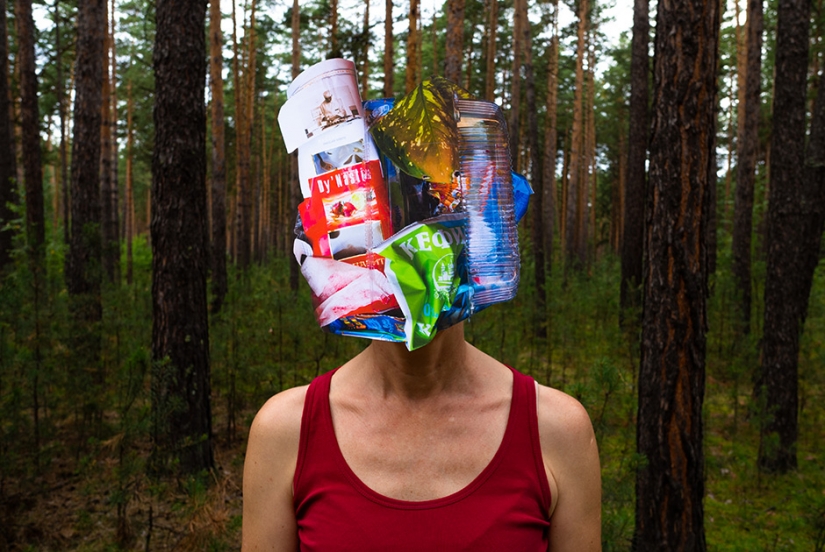
Tetrapacks, non-woven synthetic fabric, PVC, cardboard with lamination, plastic bags, plant leaf.
Now at home we have started to put batteries and light bulbs separately. I try not to throw out the paper — we either burn it in the stove or in the fire. When there is an opportunity to take waste paper from children at school, we take it. We are not collecting plastic and glass yet. The soul really hurts that the glass is thrown out. But I have not yet developed an algorithm for how it can be passed. If there were containers near the house, I would be happy to use them.
You start with yourself, you have a family, children, friends, whom you can influence by telling, showing an example. If you change your consumer habits in the family, then your children will already live differently."
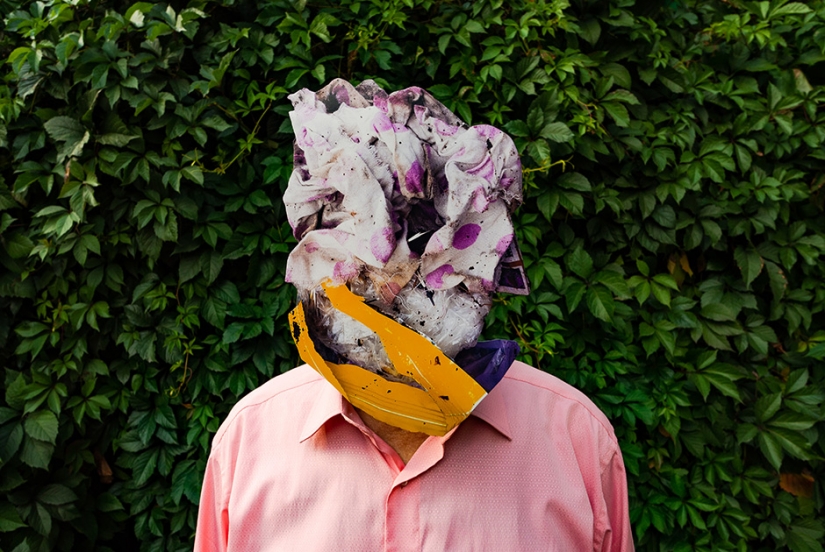
Rags, foiled plastic, cardboard, polyethylene, coffee cake, plant elements.
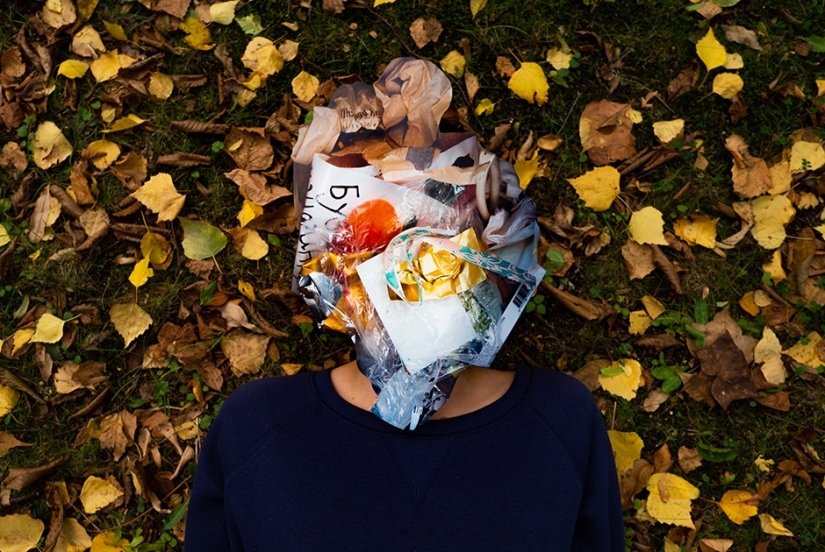
Foiled plastic, plastic without marking, non-woven synthetic fabric, wire, napkins, plastic-laminated cardboard, paper.
In terms of ecology, I ask few questions. I know that I'm not doing enough and I can do more, but I find a thousand excuses for myself. At the same time, I can blame my parents: they do not understand that a slightly soiled package can be washed, and not thrown away. When my mother found out that I had been accumulating waste for two months (for separate collection), she was horrified: "They stink, what kind of a hellhole do you live in?" I said that everything was mine, and she: "What?! Do you also wash it?" It was a break, she didn't understand at all — a different paradigm. They do not know about the impact of plastic, what it threatens that it decomposes for hundreds of years.
I stopped buying clothes — on the contrary, I take them to second-hand. Now I have everything as much as possible, and shopaholism is incomprehensible. Some friends save up money to buy something: a new jacket, sneakers. My shoes are 7 years old, I wear my grandmother's jacket, and I feel comfortable, I feel good in this. If I really need something — I will buy it. It's really strange, I've always liked clothes, shopping. Now the coordinate system has changed."
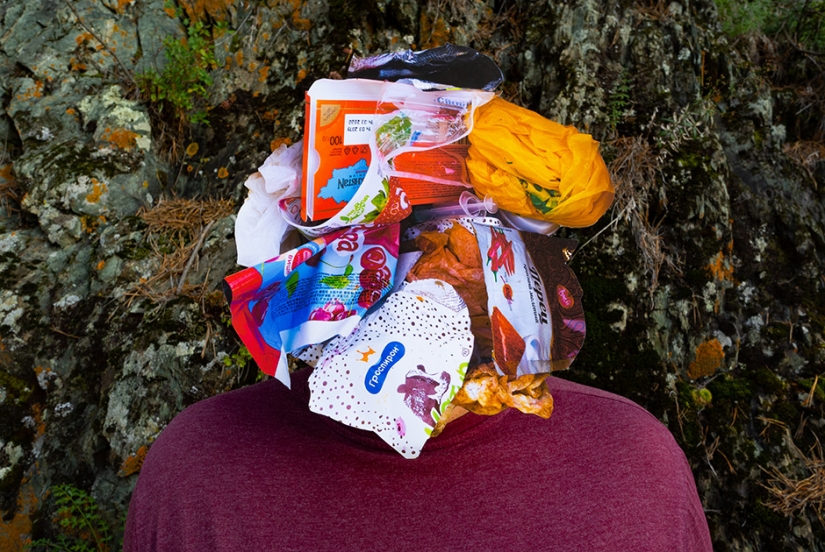
Cardboard, plastic bags, unmarked plastic, plastic-laminated paper, foil plastic, polypropylene, paper, sausage casing.
A year ago, my family and I started thinking about what was happening — we began sorting waste and saw what a trace we were leaving. Two or three months pass before the waste is taken to the collection point-the waste occupies a separate room. To take them out, you need to load a jeep to the brim, about a hundred kilograms. A sea of plastic, bottles of baby milk. Two or three people produce such a quantity-horror. When you load everything into a car — you experience negative feelings from thinking about what you are doing on this planet. Then there is some satisfaction when you see a queue of volunteers, you are charged with positive energy. People come with small volumes. Probably, they pass more often. And you take about fifteen minutes from your son to take the bags that he drags out of the car.
Am I ready to change my consumer habits? Not ready. The motive to preserve peace, to give other generations the opportunity to live in normal conditions, is fair. But he will not overcome the habits of buying and consuming here and now.
No one is even interested in the fact that we are sitting on nuclear bombs. We have "Poplars" crawling along the highways nearby, the roads are blocked. And when the world may not exist in 15 minutes, we will think about how to preserve it for future generations? We don't know how long we have left to live, and I will think that it's not worth buying myself an extra ice cream?"
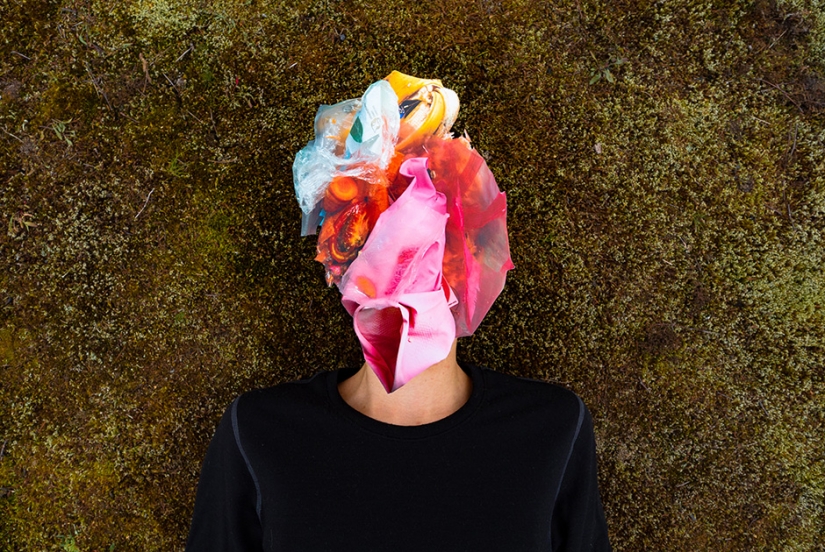
Rubber glove, synthetic sponge, stretch film, unmarked plastic, plastic-laminated cardboard, shrimp cleaning, food leftovers, hair.
Consumption is the substitution of values, the replacement of real needs. For example, everyone wants to be loved. And a person thinks that they will love him if he dresses coolly. Or he will be respected if he has a lot of cars.
I am concerned that there is a lack of care in our country. Including about the environment. I don't understand why the state doesn't care? Our initiative comes from people, not from the authorities, and this is an outrage. There is simply no possibility to hand over waste separately. Why is education available to a person, but the opportunity not to pollute his house is not available? This is absurd. In order not to litter, you must make such an effort! I do not get to the "Separate collection"volunteer actions. Therefore, I go to take my waste to IKEA — and thanks to the Swedes, I feel like a normal person. Although not everything can be passed."
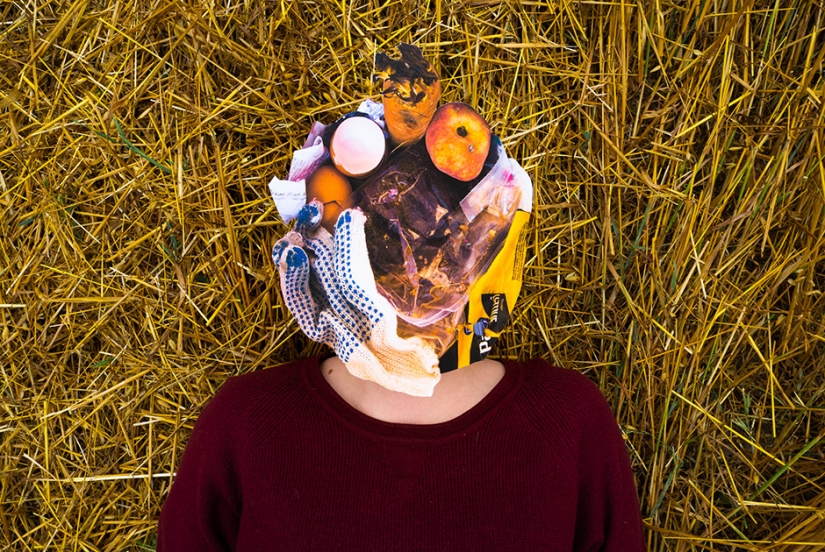
Unmarked plastic, packaging made of a mixture of plastics, thermal paper, fish peelings, shell, peach, carrot, glove.
I remember handing over bottles as a child. Not because there was no money, but because this is normal. My parents and grandmother told me how they were sold something in the store only in their own containers. That is, it had to be kept in mind: you don't just go to the store, but take everything you need with you. There were no plastic bags at all, they were expensive. Grandpa washed them, dried them, and then used them again. Therefore, when the free market appeared in the 90s, the "waste" began: finally, we can not wash anything, not save, but simply consume.
Automatism is a very scary thing. He's in everything. In relation to people, to yourself, to everything. We perceive everything as a given, we do not feel the finiteness. Everything is easy to get, we treat each other as a resource. But any resource can run out, stop being available to everyone, become more expensive. The climate is changing, and this worries me very much. Even 10 years ago, everything was different. These are very rapid changes, and everything will only get faster from now on. Everything can really end sadly and tragically. For us, not for the grandchildren."
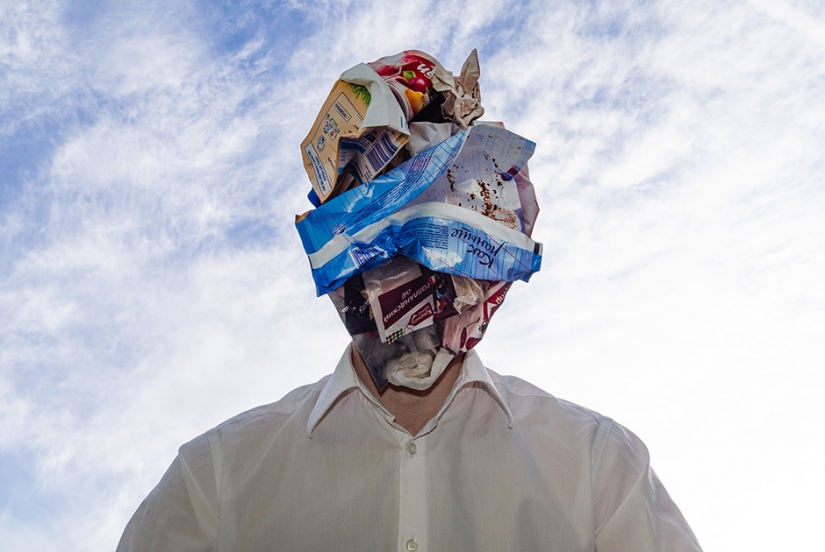
Polypropylene packaging, tetrapak, high-density polyethylene, polystyrene jar, cardboard, foil, plastic without marking.
People who start with themselves charge others. For example, Chistomen is a man in a green mask from Chelyabinsk, who arranges cleaning. He inspired many people to do the same. Of course, cleaning is not the solution to the problem. But in Russian society, this is already very good and correct.
Personally, I am not ready for a separate collection. I'm just not ready. I don't want to do this right now. I am one of those people who will start when there is an infrastructure and regulations from the state. I think this is the right way. I don't think about what kind of trace I leave. And if I do, it won't change anything in my head, honestly. I'm only worried about green areas in an urban environment. Let's be honest, I'm not worried about the sea, not the mountains, but specifically about the city. Since this is the environment in which I live."
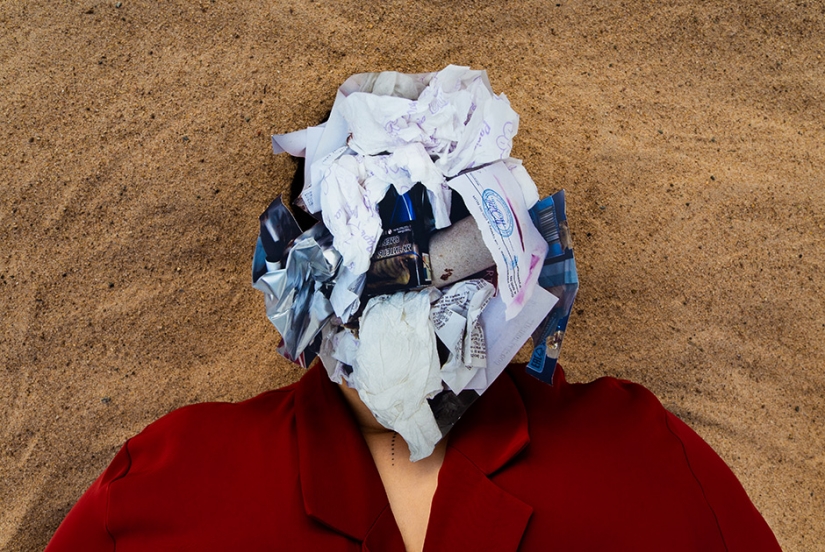
Paper, paper napkins, thermal paper, multilayer glued cardboard, packaging made of a mixture of plastics, cardboard with plastic lamination, unmarked plastic.
I tell my colleagues: "Pour coffee into your mug." And they do not understand what harms "paper" cups. That is, people do not even guess. You take a piece of paper and dip it in the water. What's going on with her? It's getting wet. And how can a "paper" cup hold liquid for hours? There's a plastic film in there. It's not that people are stupid, they just don't want to think. Everything is going to simplify. Technology thinks for us and does everything.
I am sad that a person cannot change his instincts. Can't stop eating. Perhaps, for now. I hope that someday something will come up and we will not need food or it will be in a different form. Then we will stop buying. Someone will object: "But what about the variety and taste?" The fact that the fruit is sweet has not yet led anyone to good. Adam and Eve here, too. They are the first consumers. And the snake-the marketer-seduced, lured with an apple."
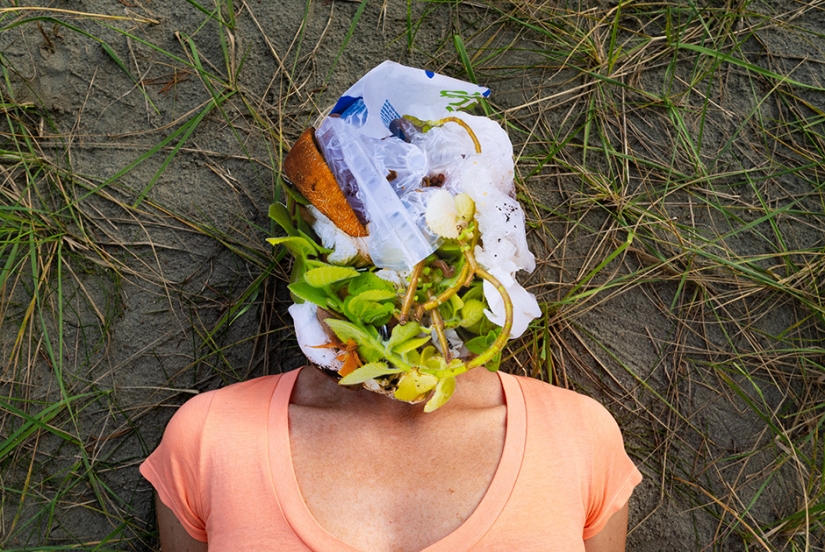
Polystyrene, napkins, a diaper, paper with plastic lamination, polyethylene, foil plastic, coffee cake, melon peel, cherry seeds, a dead plant.
We had a garbage bucket with water and cleaning products. And we poured it into a hole in the garden. There it all rotted by itself. There were no trash cans. We handed over glass, metal and waste paper. Plastic bags appeared much later, because of the hillock. For a lot of money, the farcists brought these bags with advertisements for "Marlboro" and "Levice". And we put some kind of purse into these bags so that it would not stretch and serve longer. And then the "civilization" was trampled — the curtain opened, and we were shown how to live.
We will reach the point of practical no return and quickly begin to improve. Another question is whether we will have time. What is the logic of people? Why will I strain myself? Someone strain yourself, and I'll think about it. In order for the conscience of the majority to wake up, it is necessary either to force an order, or to raise a generation who will have a different way of life. And what is it with us? There is one idea: glossy magazines, advertising, this is how you need to look, this is how you need to walk, this is what you need to buy, this is what you need to have. Have, have, have. All. And why, for what? After all, I deserve it! And everyone is me."
Keywords: People | Mask | Garbage | Consumption
Post News ArticleRecent articles

The calendar says that summer is coming soon. And with it-vacation, sea, cocktails and all that. But the closer the arrival of the ...

Scientists at the University of Birmingham have proven that music is a great helper in increasing productivity and concentration, ...
Related articles

Many people say that tattoos are forever, and that is no way back, but it's not. Of course, it would be difficult to get rid of the ...

Century Gypsies live next to us, but we know less about them than about the Indians of the Amazon. For example, if you ask ...

New York-based photographer Tria Jovan traveled to Cuba more than a dozen times in the early 1990s and took over 25,000 images, ...

First, it is beautiful. Secondly, it is really fascinating. These sifco just cut different objects, but looking at these, you may ...